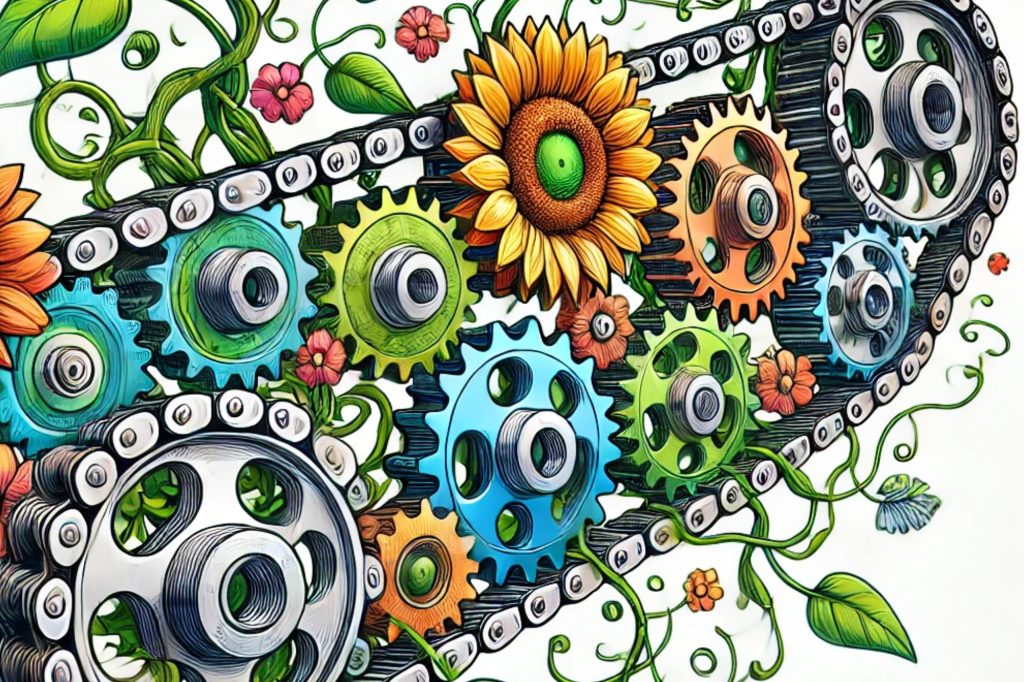Chapter 11: Non-Elemental Components

So far in this series, we’ve been under the hood, assembling the essential components of the plant engine.
We’ve built out the frame and chassis (calcium), wired the battery and alternator (phosphorus and manganese), dropped in the engine mounts (nitrogen), installed the spark plugs (magnesium), and even added the radiator (sulfur) and filtration systems (zinc). We covered every elemental and micronutrient system that makes up the plant’s core engine architecture.
But a high-performance machine isn’t just a pile of perfectly machined parts.
It’s the integration of those parts into a responsive, intelligent system that makes it truly powerful. An engine needs timing, feedback, steering, and adaptability. It needs systems that sense when to accelerate, when to conserve, and how to navigate changing conditions.
This is where we shift gears.
We’re moving now from the elemental inputs – the hard parts – to the non-elemental components that control, coordinate, and adapt. These are the systems that don’t show up on a nutrient label but are absolutely essential for performance:
Stomata that manage intake and exhaust
Plant hormones that synchronize timing and direction
Organic acids that act as energy reservoirs and dynamic fuels
Root exudates that interface with the environment like high-performance suspension
Biostimulants that act like turbochargers, enhancing efficiency and resilience
The rhizosphere and phyllosphere that function as sensors, feedback loops, and on-board diagnostics
These components don’t just keep the plant alive. They make it adaptable. Optimized. Tuned.
Just as an advanced vehicle adjusts its ride based on terrain, or alters timing based on throttle position, plants adjust their internal systems based on light intensity, CO₂ availability, water pressure, and microbial signals. And all of this happens in real time.
What we’re about to explore is the software layer of the plant engine – a sophisticated, decentralized, self-organizing control system. Not coded in silicon, but in carbon, ions, enzymes, and membranes.
So buckle up – we’re shifting into the next phase of the journey. Because now that we’ve built the machine, it’s time to see how it drives.
Next up: Stomata – The Intake and Exhaust System of the Leaf.

